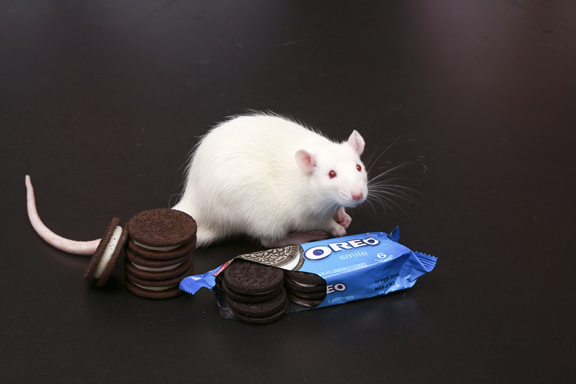
Sexual abuse of children and adolescents can have serious health consequences for victims. Early studies have revealed that child sexual abuse is associated with an increased risk of later mental and physical health problems and risk-taking behavior. The Institute of Social and Preventive Medicine at the University of Zurich, the Psychosomatics and Psychiatry Department at Zurich’s University Children’s Hospital and the Department of Psychiatry and Psychotherapy at University Hospital Zurich discovered that sexual abuse is alarmingly widespread in a representative sample of more than 6,000 9th grade students in Switzerland.
Sexual harassment via the Internet is mentioned most frequently
Among the study participants, mainly between 15 and 17 years old, roughly 40 percent of girls and 17 percent of boys reported they had experienced at least one type of child sexual abuse. Relative to boys, sexual abuse without physical contact was reported twice as often in girls and sexual abuse with physical contact without penetration three times more often. Both genders reported “sexual harassment via the Internet” as the most frequent form of abuse. This form of sexual abuse was experienced by roughly 28 percent of girls over the course of their lifetimes and by almost 10 percent of boys. At just under 15 percent for girls versus 5 percent for boys, “molested verbally or by e-mail/text message” was the second most common form of abuse. Just under 12 percent of the surveyed girls and 4 percent of the surveyed boys reported having been kissed or touched against their will. Approximately 2.5 percent of the girls had already experienced sexual abuse with penetration (vaginal, oral, anal or other); among boys, this figure was 0.6 percent.
The results of the Zurich study are comparable to those of an earlier Swiss study which was conducted in Geneva between 1995 and 1996 in a similar age group asked similar questions. The prevalence of sexual abuse with physical contact is almost unchanged today. However, sexual abuse without physical contact occurs far more frequently. “We believe that this difference can be attributed to harassment via the Internet, e-mail, or text messaging. This type of sexual abuse was not surveyed back then”, explains Dr. Meichun Mohler-Kuo, senior research scientist at the Institute of Social and Preventive Medicine at the University of Zurich.
The majority were victimized by juvenile perpetrators
Just over half of the female victims and more than 70 percent of the male victims reported that they had been abused by a juvenile perpetrator. Furthermore, most of the victims of sexual abuse with physical contact knew the perpetrator – for instance, they were partners, peers, or acquaintances. “This new trend towards the majority being juvenile perpetrators, and being peers and acquaintances, is in contrast to the Geneva study, and might indicate increased violent behavior among adolescents”, explains Dr. Ulrich Schnyder, Head of the Department of Psychiatry and Psychotherapy at University Hospital Zurich. And he adds: “Our results also differ considerably from official police reports, according to which perpetrators are usually adult, male relatives.” This would seem to indicate significant under-reporting of abuse to officials.
The majority did not disclose sexual abuse
Only about half of victimized girls and less than one-third of victimized boys disclosed their sexual abuse experiences. The disclosure rate is even lower with more severe forms of sexual abuse. Most victimswho do disclose, do so to their peers; less than 20 percent to their families. Fewer than 10 percent of victims reported the sexual abuse to police. “Compared to similar studies from other countries, the disclosure figures in the Swiss study are low. The reluctance in reporting incidents of this kind to family members or authorities makes timely intervention more difficult,” concludes Dr. Schnyder.
ᔥhttp://www.mediadesk.uzh.ch


